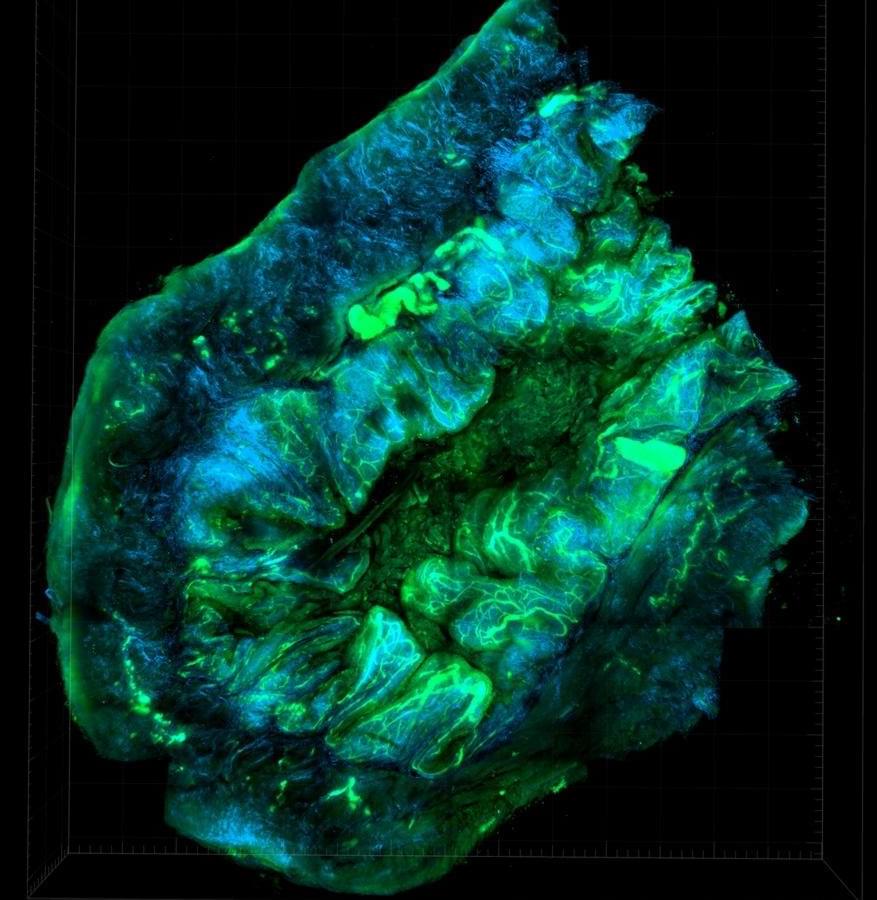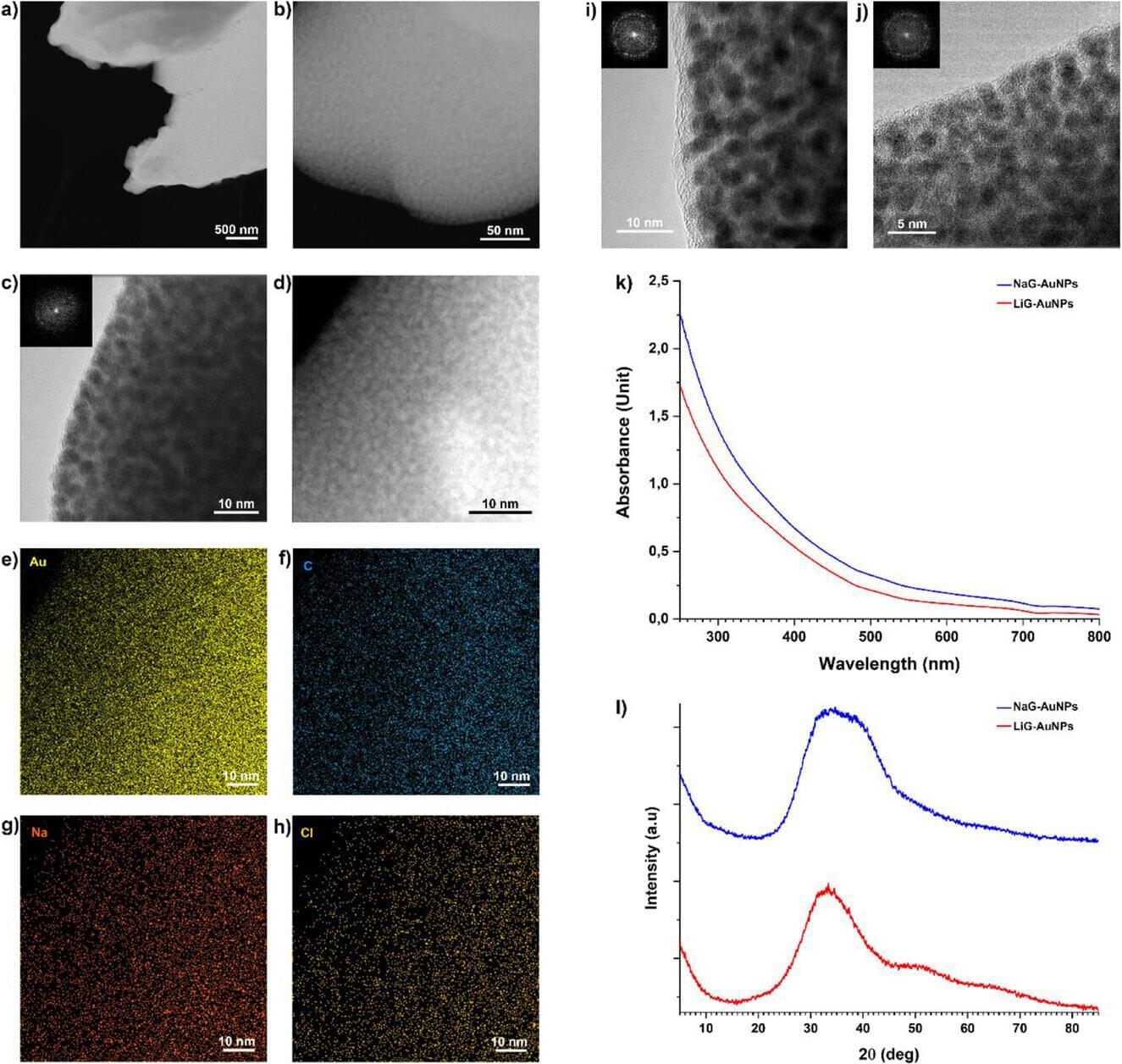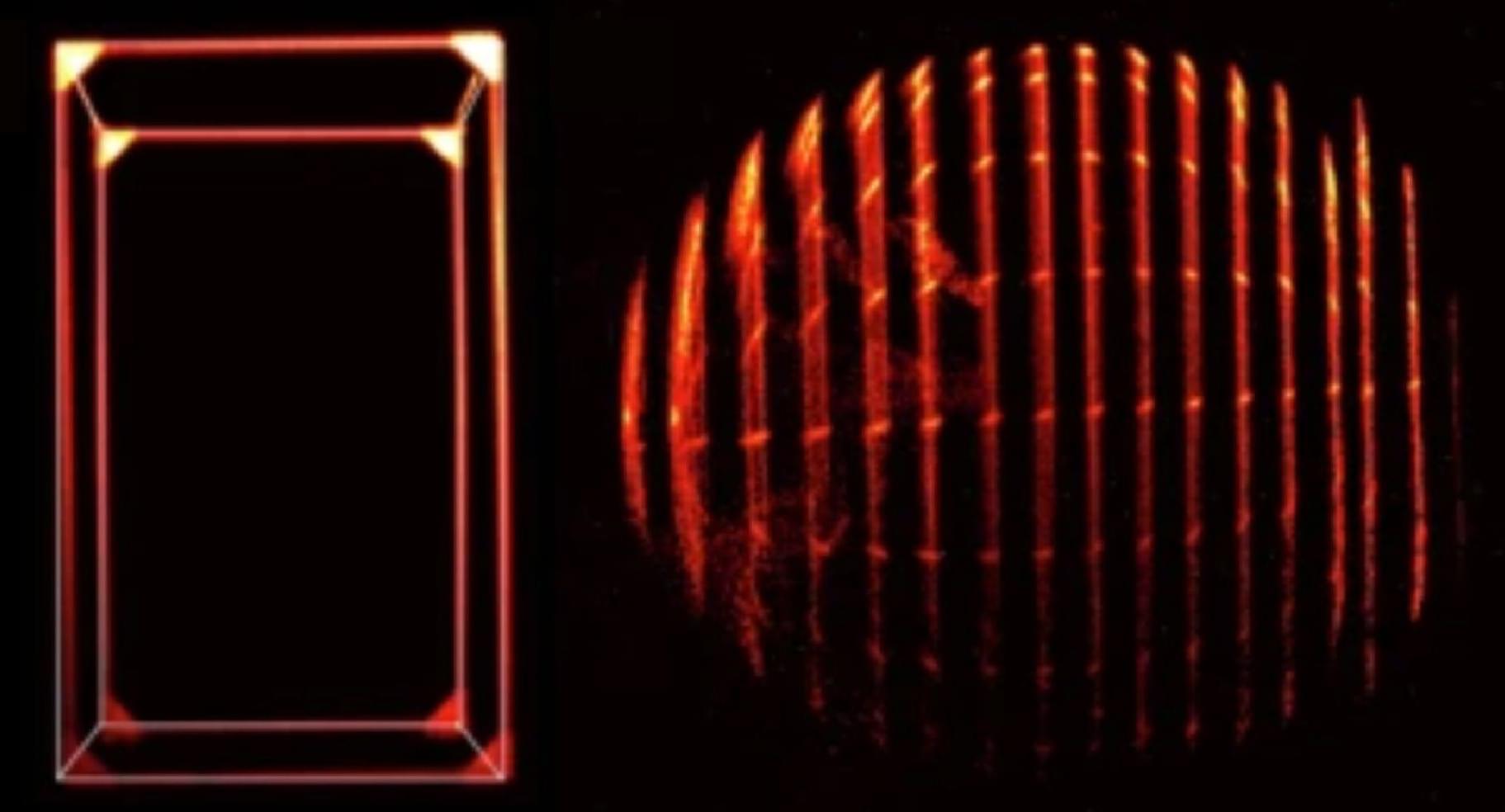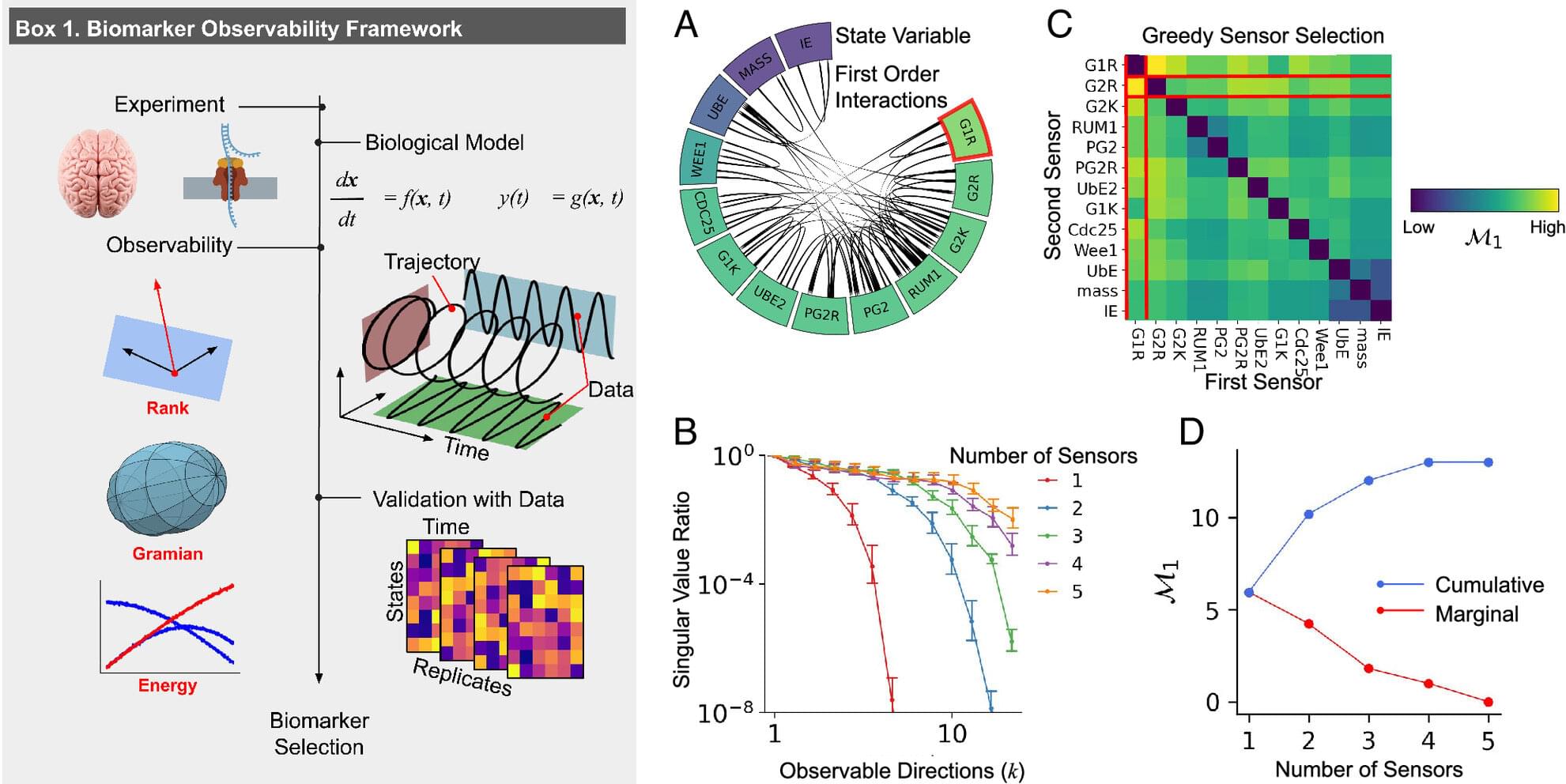Quantum networks, systems consisting of connected quantum computers, quantum sensors or other quantum devices, hold the potential of enabling faster and safer communications. The establishment of these networks relies on a quantum phenomenon known as entanglement, which entails a link between particles or systems, with the quantum state of one influencing the other even when they are far apart.
The atom-based qubits used to establish quantum networks so far operate at visible or ultraviolet wavelength, which is not ideal for the transmission of signals over long distances via optical fibers. Converting these signals to telecom-band wavelengths, however, can reduce the efficiency of communication and introduce undesirable signals that can disrupt the link between qubits.
A research team at University of Illinois at Urbana-Champaign, led by Prof. Jacob P. Covey recently realized telecom-band wavelength quantum networking using an array of ytterbium-171 atoms. Their paper, published in Nature Physics, introduces a promising approach to realize high-fidelity entanglement between atoms and optical photons generated directly in the telecommunication band.








